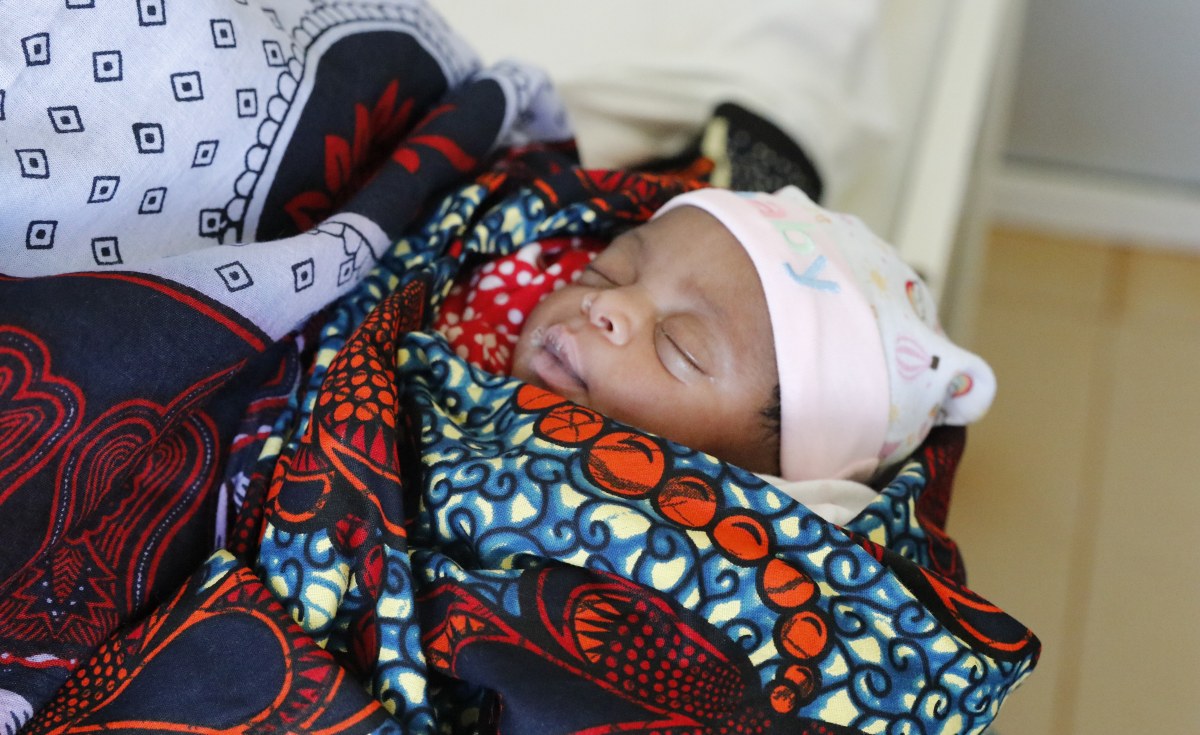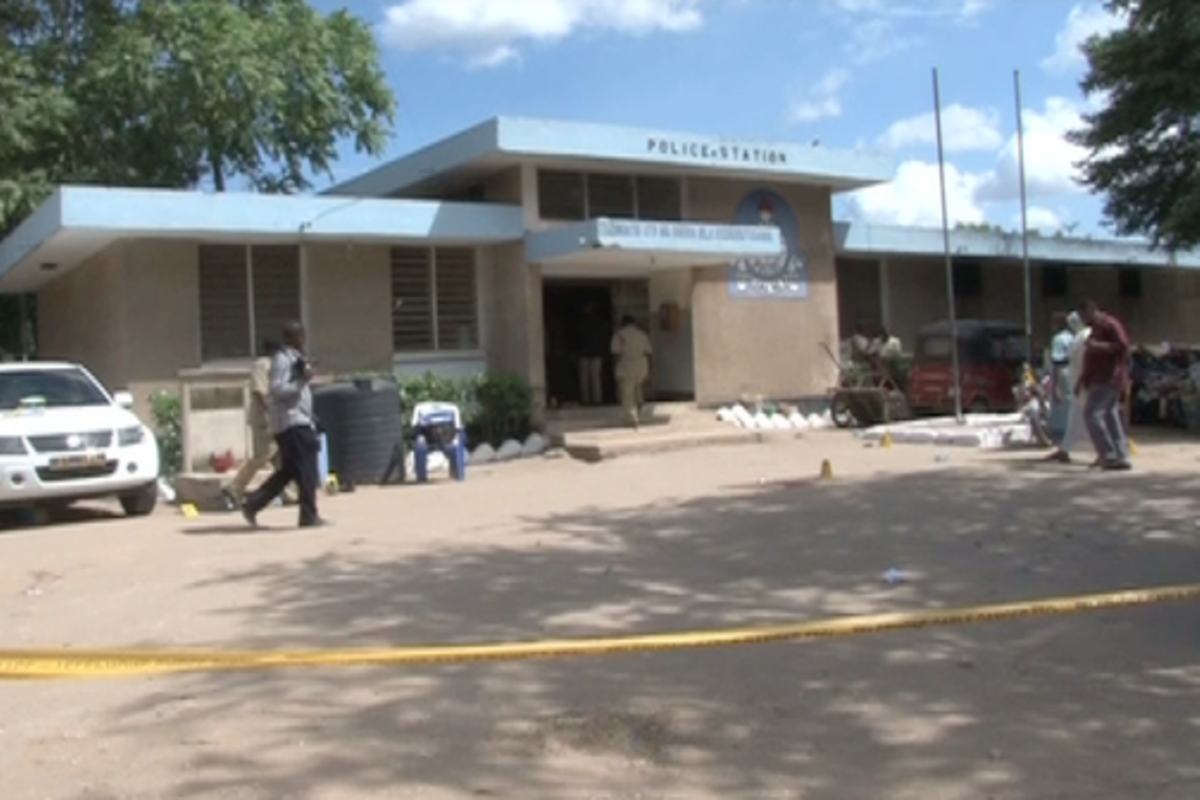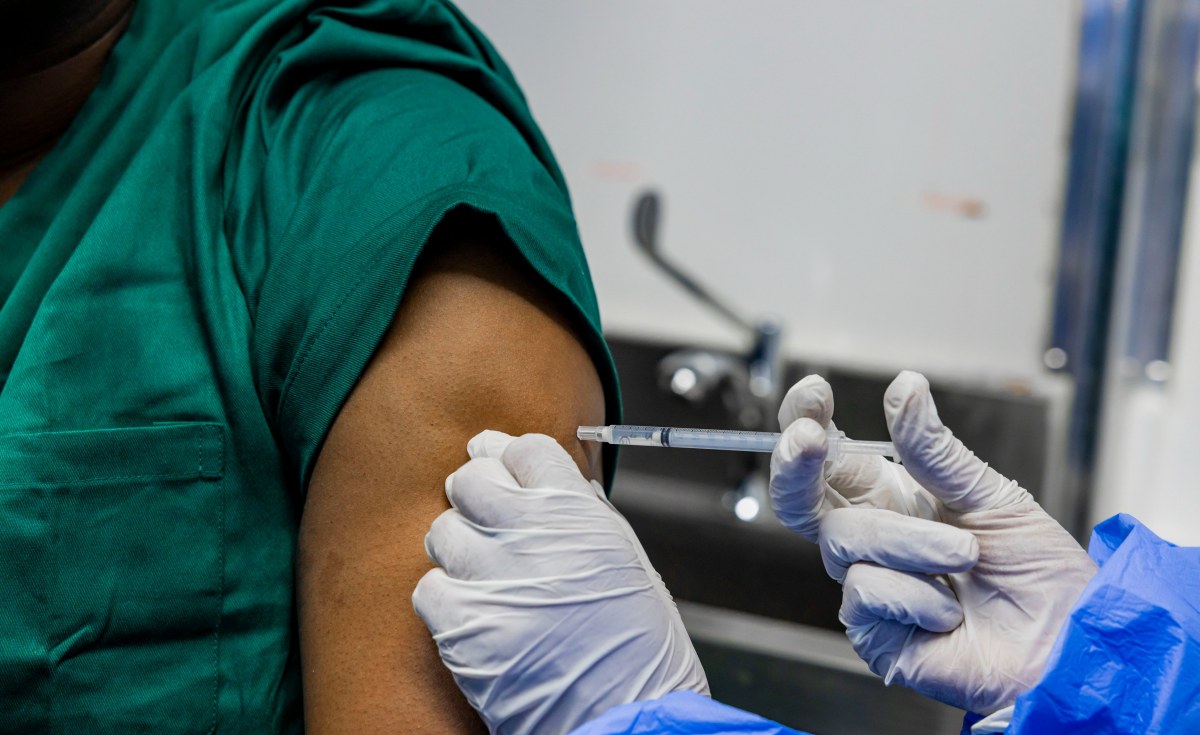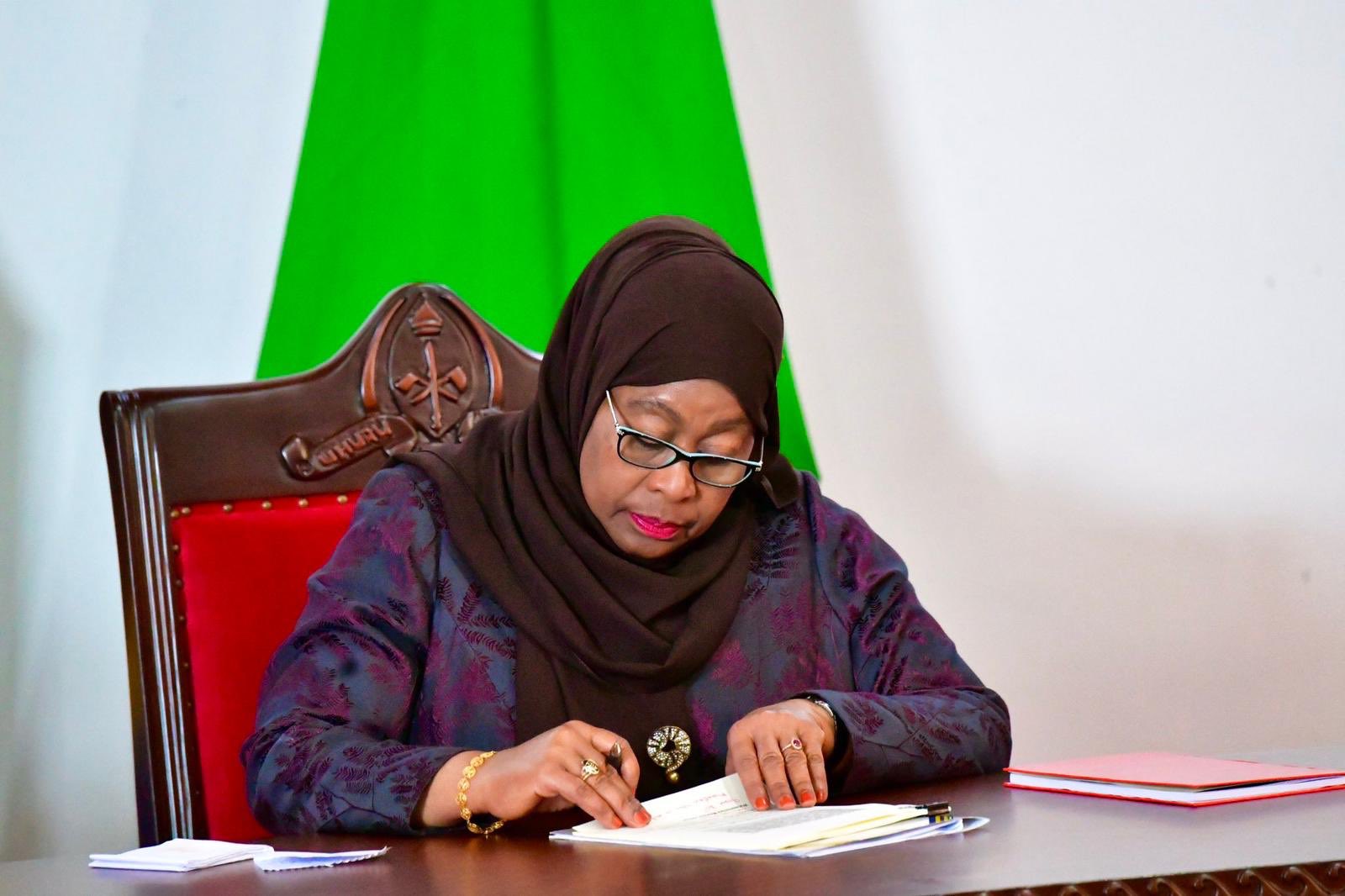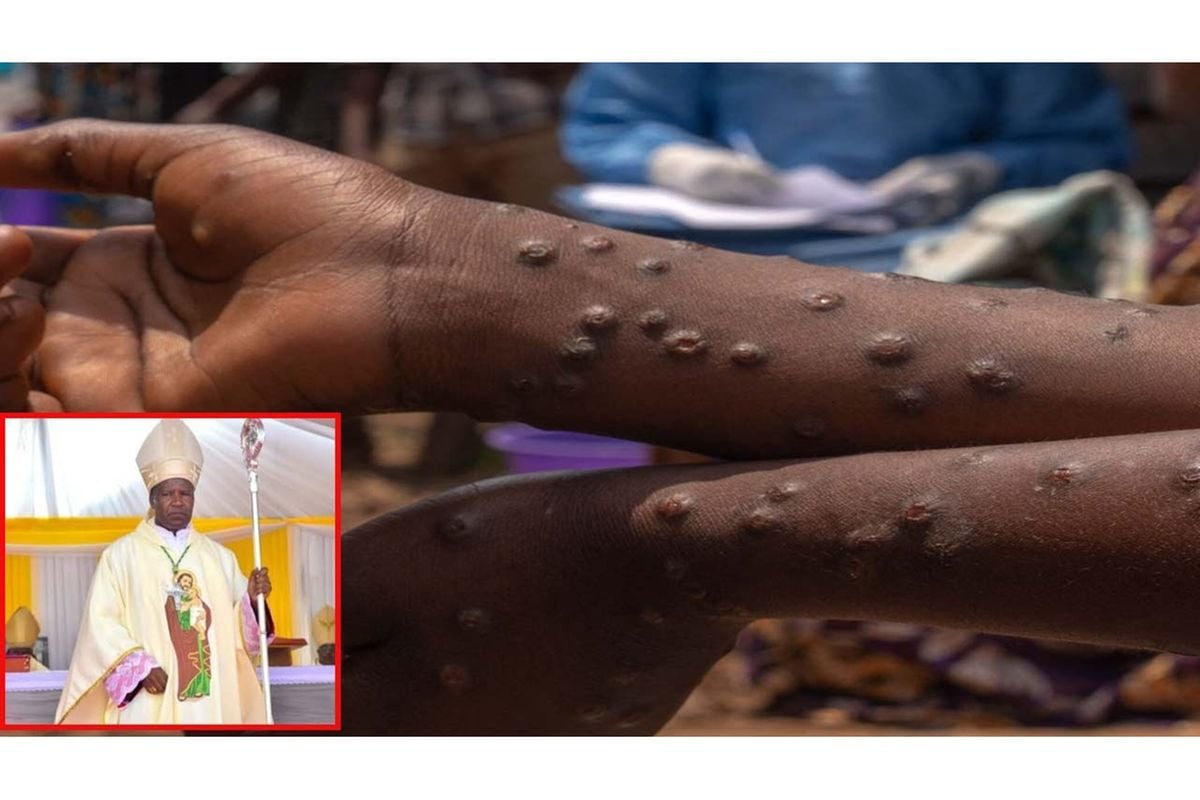The government has stated that strategies to mitigate the effects of the war in Ukraine, along with investments in agriculture, energy, water, construction, mining, and transport sectors, spurred economic growth by 5.4 percent in 2024, up from 5.1 percent recorded in 2023.
This rate is slightly above the average of 4.4 percent forecasted in 2023 for member countries of the East African Community (EAC) and 3.8 percent for member countries of the Southern African Development Community (SADC).
The Minister of Planning and Investment, Prof Kitila Mkumbo, said in his National Economic Status Report for the year 2023, presented in Parliament in Dodoma on Thursday (June 13, 2024) morning, that the real GDP reached 148.4bn/- in 2023 from 141.2bn/- in 2022.
“This growth was driven by various efforts undertaken by the government, including strategies to counteract the effects of the Ukraine-Russia war and strategic investments in infrastructure for energy, water, health, education, and transportation,” he said.
Other contributing factors, according to the Minister of Planning, include increased mineral production, particularly gold and coal, and increased lending to the private sector, which stimulated economic activities.
However, the GDP growth rate of 5.1percent in 2023 fell short of the annual target of 5.2 percent.
According to Prof Mkumbo, this was due to rising production costs in some sectors; climate change affecting agricultural production in some parts of the country and damaging infrastructure, including bridges and roads.
Prof Mkumbo added that measures taken by developed countries to combat inflation, which led to increased borrowing costs from international financial markets, also affected production activities.
An analysis of Economic Growth Trends and Contributions to Growth in each Quarter between 2019 and 2023 shows that the economy grew by 6.9 percent in 2019, 4.5 percent in 2020, 4.8 percent in 2021, 4.7 percent in 2022, and 5.1 percent in 2023.
The Minister explained that the agriculture sector had the largest contribution to GDP, accounting for 26.5 percent.
Other significant contributors included Construction (13.2 percent), Mining (9 percent), Trade and Repairs (8.3 percent), Transport (7.2 percent), and Manufacturing (7 percent).
According to Mkumbo, the Arts and Entertainment sector continued to lead in growth rate in 2023, expanding by 17.7 percent, followed by the Financial and Insurance sector at 12.2 percent, and Mining at 11.3 percent.
The Accommodation and Food Services sector grew by 8.3 percent, along with the Information and Communication sector, which grew by 7.6 percent.
Source: allafrica.com





